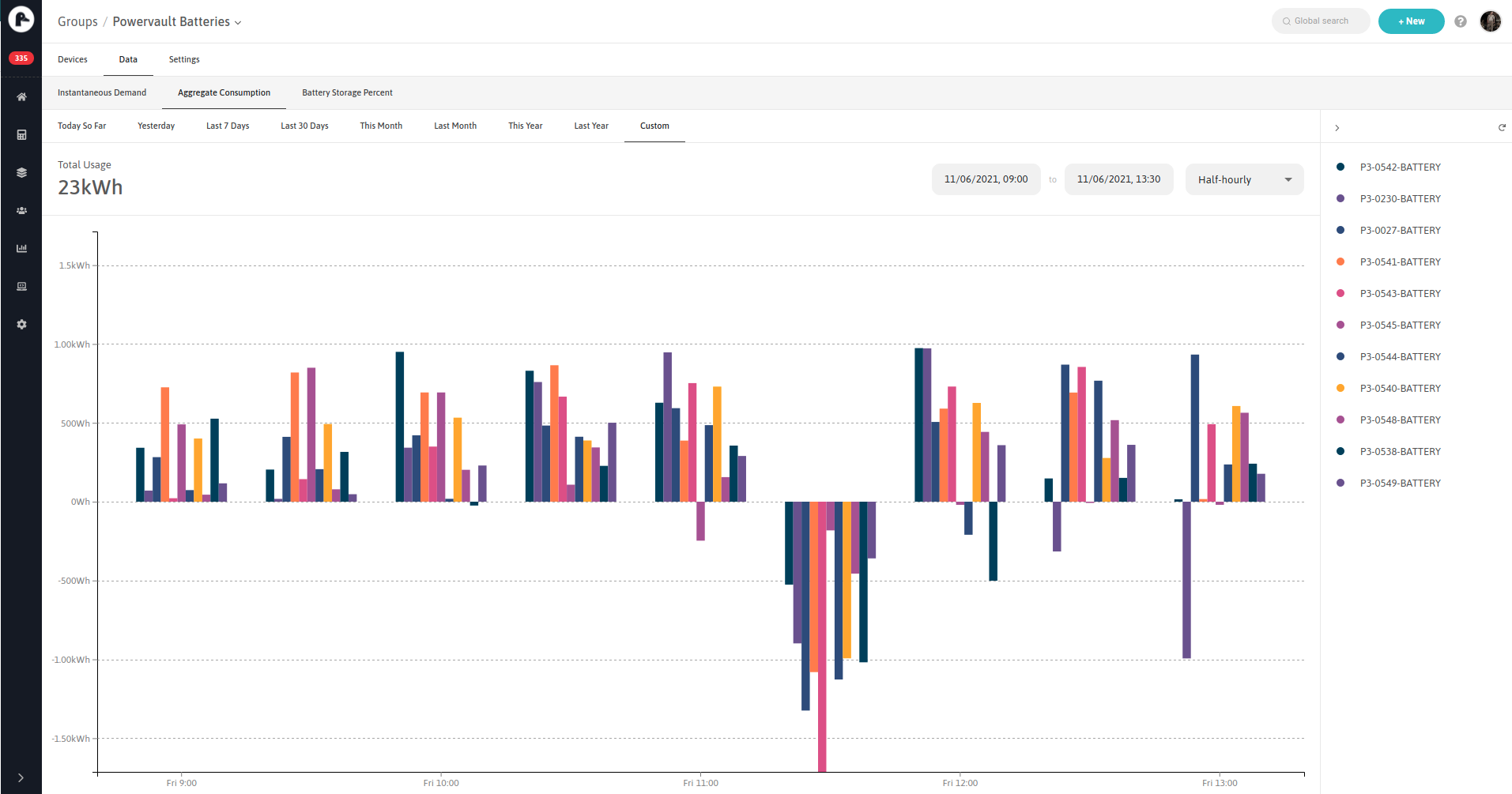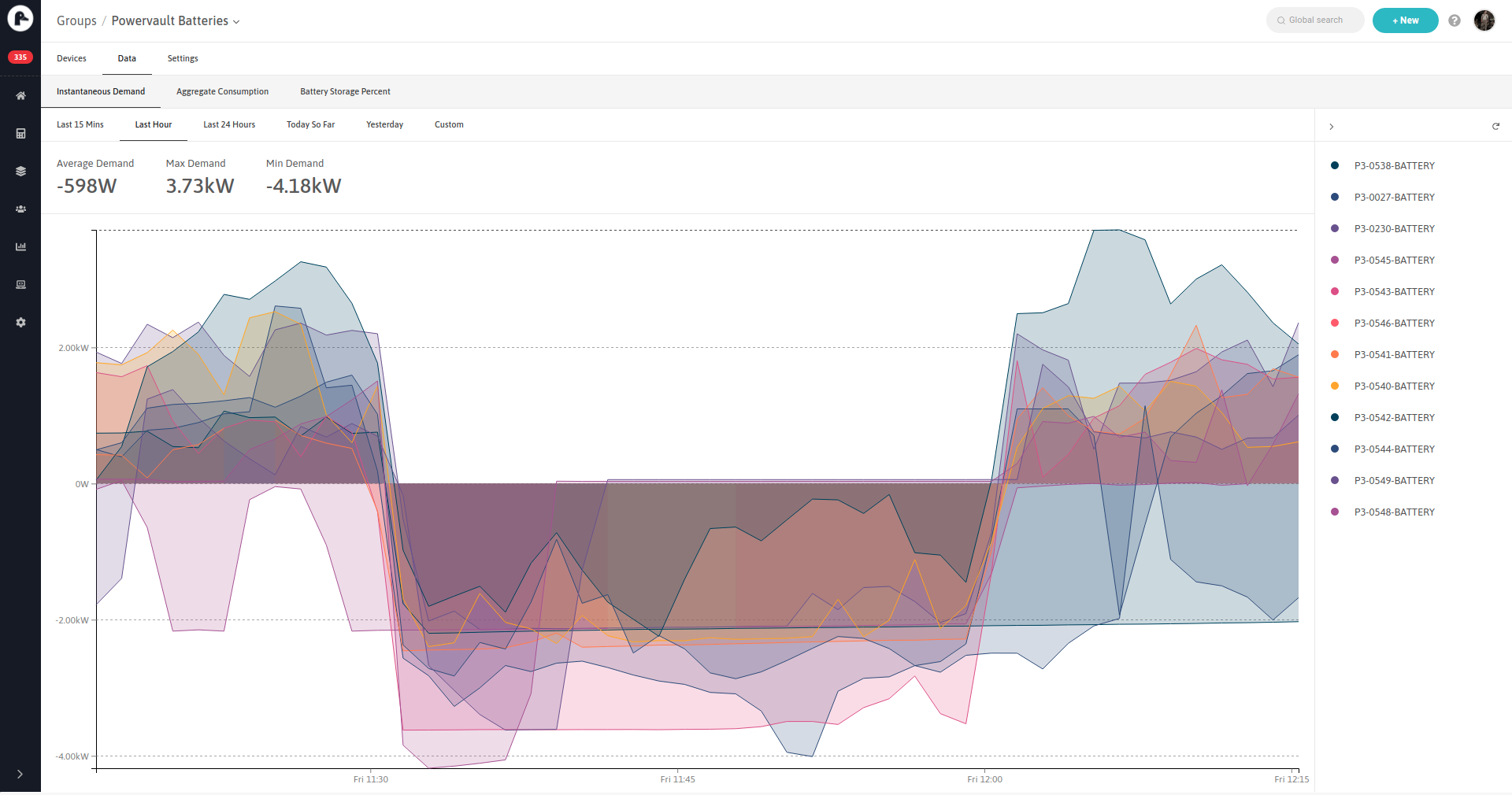Low Carbon Technologies: What Are They, Why Are They Important and How Is GridDuck Incorporating Them?
Low carbon technologies are exactly as their name describes: technologies that emit little to no carbon. They are powered by free and plentiful sources of energy (the main types being wind, solar, hydro and nuclear power) and provide an alternative to fossil fuels.
Low carbon technologies are not just for the environmentally conscious. With the UK’s most ambitious target ever of cutting carbon emissions by 78% in 2035 compared to 1990 levels (100% reduction targeted for 2050), alongside anti-carbon initiatives such as The Carbon Emissions Tax, all homes and businesses now face pressure to make changes.
The most effective way to reduce your individual carbon footprint is to use low carbon technologies in combination with the kind of energy-saving technologies that GridDuck provides. Through this combination, some buildings can reach zero carbon emissions and contribute significantly to our ambitious emissions targets.
Here are five of the most commonly used and effective low carbon technologies in UK homes and industries:
Solar Water Heating Systems
Solar water heating systems use the sun’s energy to heat water for appliances and taps. They are often used in combination with standard boilers and immersion heaters in order to ensure buildings can access hot water even when solar energy is insufficient. These systems rely on solar panels, which can be attached to roofs and outdoor spaces where sunlight is available, preferably on roofs which are south-facing. Installation can cost around £3,000 to £5,000 and the payback period for solar panels is roughly 9-12 years, although with current government grants and incentives, there are greater savings to be made.
Air Source Heat Pumps
Air source heat pumps are another source of energy for homes and businesses, and work by absorbing and compressing heat from the air into usable energy for heating appliances. Air source heat pumps are effective even at low temperatures. Air to water heat pumps are also available and work by feeding heat into wet central heating systems (those which heat water). As with most low carbon technologies, the cost and payback varies depending on factors specific to each home and business, such as the building structure and the energy usage. However, in general, an air source heat pump will cost £5,000 to £10,000, with additional savings to be made due to this technology's inclusion in current government incentives.
Ground Source Heat Pump
Ground source heat pumps extract heat from the ground instead of the air. They work by using a ground loop (a loop of pipe) which is buried underground and absorbs heat from the earth through fluid stored inside the technology. They are often the more energy efficient of the two heat pump types but can be more difficult to install than an air source heat pump system. They are also more expensive to install, varying between £13,000 to £35,000 for the pump itself as well as installation.
EV (Electric Vehicle) Chargers
Electric vehicles include vehicles of all sizes, from cars to large trucks. However they are charged, electric vehicles have a smaller carbon footprint than gasoline-powered vehicles. Around 535,000 electric vehicles (including hybrid models) were estimated to be in use on the UK roads in May 2021 and this is a quickly growing market, almost double the figure since 2015. There are three main types of EV chargers people use; slow, fast and rapid charging. Both home and public charging, as well as subscription-based and single use payments, are available. New electric vehicles have become significantly cheaper in recent years with many models available for under £20,000 new and even lower prices for second-hand models.
Low Carbon Batteries
In order to shift our reliance away from fossil fuels and towards renewable sources of energy, we must consider both how we source and store energy. Sustainable battery technologies allow homes and businesses to store energy for moments when solar, wind or other renewable energy sources cannot sufficiently power these buildings. Reducing demand upon the electricity grid at the most carbon intensive times allows for both cost and carbon savings. Lithium Ion batteries vary in cost depending on size and model, however, they hold a concrete appeal for consumers because whilst energy costs rise, batteries have become cheaper in the last 10 years.
How is GridDuck Incorporating Low Carbon Technologies?
As stated above, the best way to reduce energy bills as well as your carbon footprint, is to use energy-saving and low carbon technologies in unison. With that in mind, GridDuck has been excited to pair up with companies manufacturing low carbon technologies, providing people with a means of directly managing their solar photovoltaic and low carbon batteries from their phones using our own API (Application Programming Interface).
One exciting project we have undertaken is our battery-based project with Ecotricity and Gengame. We worked to monitor energy usage on Powervault batteries. Powervault batteries store solar energy and affordable electricity from the grid (energy used at times of lower demand). Ecotricity, one of the UK’s first sustainable energy companies, provided expertise as a major renewable energy supplier, alongside Gengame, an energy app and data platform which allows users to manage their account settings, view energy bills, submit smart meter readings and manage payments. Through this project, we used GridDuck’s energy management, analytics and automation technology (in this case, causing batteries to “force discharge” at optimum times) to connect over 40 batteries on different sites to users in a trial funded by the government’s Business, Energy and Industrial Strategy.
Here are two graphs showing the battery charging and discharging cycles, with time represented by the X axis and total usage (kWh) in the Y axis. The positive data represent the batteries charging, the negative data discharging.
GridDuck, Ecotricity and Gengame also worked on a project using Zappi’s EV chargers. Zappi is the number one best-selling, British produced EV charger in the UK and the world’s first solar EV charger. Zappi serves as a standard EV vehicle charger, alongside having optional charging modes which use power from solar or wind, thereby working to offset the installation and purchase cost of these low-carbon technologies. Similar to the Powervault batteries, GridDuck was able to help manage energy wastage using Zappi’s products, allowing people to both cut energy waste and use more sustainable energy sources through a single system.
And we do not want to stop there. GridDuck is keen to integrate with more technologies and play an even bigger part in the movement towards carbon neutrality. Whether you are a low carbon technology manufacturer or simply a business looking to reduce your carbon footprint and save money in the process, we would love to hear from you. Schedule a short and informal chat with Miles to start saving energy and money with GridDuck today.
Sources
www.researchgate.net/figure/A-typical-diagram-of-a-water-source-heat-pump_fig2_286358619
www.energysavingtrust.org.uk/advice/biomass
www.energysage.com/electric-vehicles/charging-your-ev
www.earthjustice.org/features/electric-vehicles-explainer
www.nextgreencar.com/electric-cars/statistics
www.which.co.uk/reviews/ground-and-air-source-heat-pumps/article/air-source-heat-pumps-explained-al5MC4f773Zq
www.energysavingtrust.org.uk/advice/solar-water-heating
www.energysavingtrust.org.uk/advice/ground-source-heat-pumps
www.powervault.co.uk
ww.gengame.co.uk
www.myenergi.com/product/zappii
www.open.edu/openlearn/ocw/mod/oucontent/view.php?id=73759§ion=6
www.eandt.theiet.org/content/articles/2021/05/low-carbon-batteries-needed-to-maximise-benefits-of-electric-cars
www.zenoot.com/articles/opinion-can-the-uk-exploit-the-huge-opportunities-battery-technology-provides-without-repeating-past-mistakes



